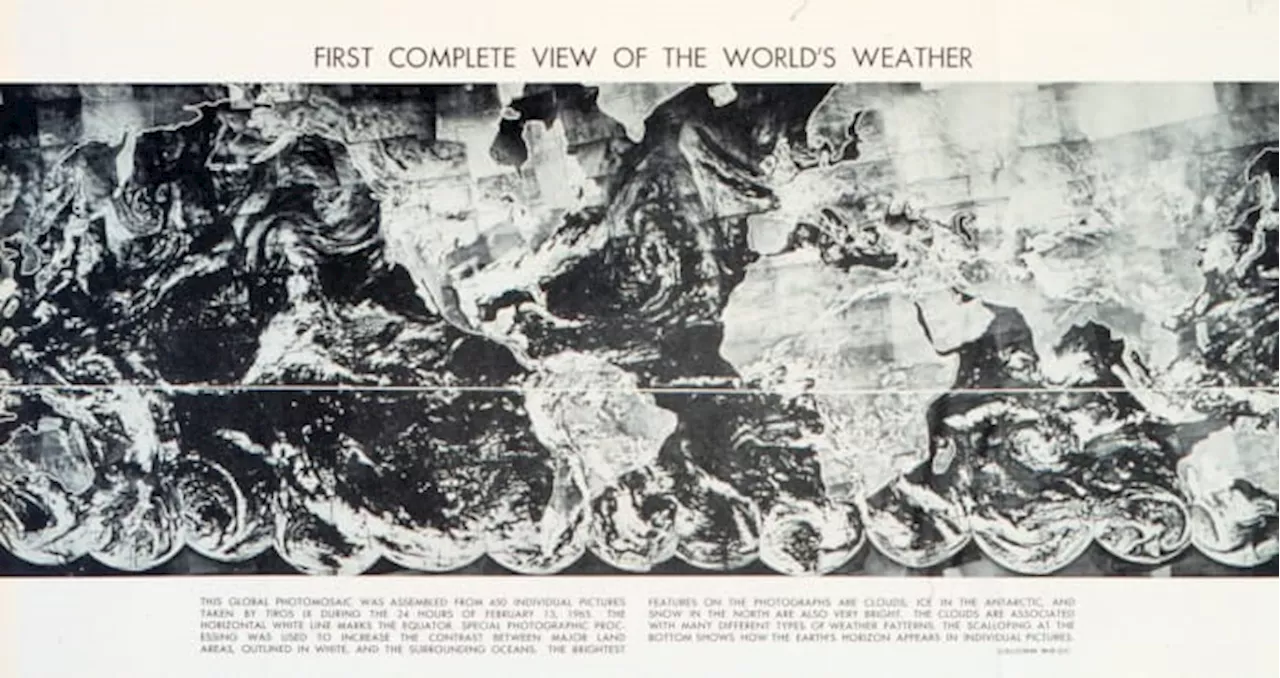Earth scientists have long turned to minute differences in hydrogen atoms to explore the ancient history of our planet. A new study suggests that these same tiny atoms might also lead to new ways to track the growth of cancer.
Scientists at the University of Colorado Boulder and Princeton University have, for the first time, employed a tool often used in geology to detect the atomic fingerprints of cancer.
In the new study, Maloney and her colleagues wondered: Could those same, tiny atoms provide hints about the lives of complex biological organisms? Under normal conditions, the cells of organisms like yeast and animals generate energy through a process called respiration, in which they take in oxygen and release carbon dioxide. But that's not the only way to get a sugar high. Colonies of baker's yeast , for example, can produce energy via fermentation, in which organisms break down sugars without help from oxygen and produce alcohol. It's the same process that gives you beer.
NADPH, however, doesn't always draw from the same pool of hydrogen. Previous research led by Zhang and focusingg on bacteria suggested that, depending on what other enzymes in a cell are doing, NADPH may sometimes use different hydrogen isotopes more or less often.
Energy And The Environment Geology Earth Science Early Climate Origin Of Life Fossils Cultures
United Kingdom Latest News, United Kingdom Headlines
Similar News:You can also read news stories similar to this one that we have collected from other news sources.
 Why on Earth do we celebrate Earth Day?Earth day is coming up on Monday but do you know what Earth Day actually is. Or why we celebrate?
Why on Earth do we celebrate Earth Day?Earth day is coming up on Monday but do you know what Earth Day actually is. Or why we celebrate?
Read more »
 Celebrating Earth Day: The first satellite images of the earth were taken 64 years agoTIROS 1 was the first weather satellite, launched in 1960
Celebrating Earth Day: The first satellite images of the earth were taken 64 years agoTIROS 1 was the first weather satellite, launched in 1960
Read more »
 Geologists, biologists unearth the atomic fingerprints of cancerScientists at the University of Colorado Boulder and Princeton University have, for the first time, employed a tool often used in geology to detect the atomic fingerprints of cancer.
Geologists, biologists unearth the atomic fingerprints of cancerScientists at the University of Colorado Boulder and Princeton University have, for the first time, employed a tool often used in geology to detect the atomic fingerprints of cancer.
Read more »
 Satellites in Low Earth Orbit Affected by Bad Space WeatherSatellites in low Earth orbit (LEO) can deviate from their expected trajectories when bad space weather occurs, causing problems for the International Space Station, China's Tiangong space station, and Earth-observing satellites. The accuracy of these satellites is affected by space weather, with the lower altitudes experiencing a bigger problem due to the variations in Earth's upper atmosphere density. Higher density leads to more drag, slowing down the satellites and causing them to sink towards Earth.
Satellites in Low Earth Orbit Affected by Bad Space WeatherSatellites in low Earth orbit (LEO) can deviate from their expected trajectories when bad space weather occurs, causing problems for the International Space Station, China's Tiangong space station, and Earth-observing satellites. The accuracy of these satellites is affected by space weather, with the lower altitudes experiencing a bigger problem due to the variations in Earth's upper atmosphere density. Higher density leads to more drag, slowing down the satellites and causing them to sink towards Earth.
Read more »
 The “Epic Row” Over a New EpochElizabeth Kolbert on why some leading geologists reject the “Anthropocene,” a term used by scientists to describe this new age in which humans shape the Earth.
The “Epic Row” Over a New EpochElizabeth Kolbert on why some leading geologists reject the “Anthropocene,” a term used by scientists to describe this new age in which humans shape the Earth.
Read more »
 Decoding the Origin of Life: Scientists Solve Early Earth RNA PuzzleScience, Space and Technology News 2024
Decoding the Origin of Life: Scientists Solve Early Earth RNA PuzzleScience, Space and Technology News 2024
Read more »
